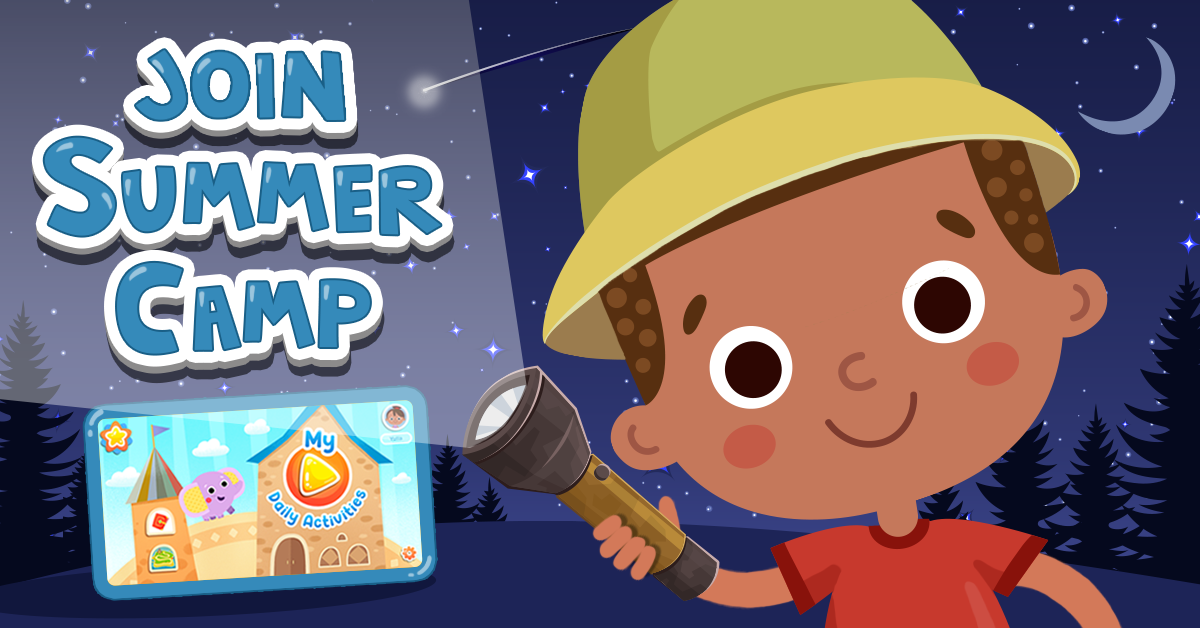Counting skills Normal Plants and Animals Worksheets for Ages 6-8
6 filtered results
-
From - To
Enhance your child's counting skills with our engaging "Counting Skills Normal Plants and Animals Worksheets" designed specifically for ages 6-8. These worksheets offer a fun and interactive way for young learners to explore the fascinating world of plants and animals while practicing their counting abilities. With colorful illustrations and age-appropriate exercises, students will count various objects, enhance their number recognition, and develop essential math skills. Perfect for classrooms or at-home learning, these worksheets provide an enjoyable educational experience that aligns with the school's curriculum. Foster a love for nature and numbers in your child with our carefully crafted counting worksheets today!
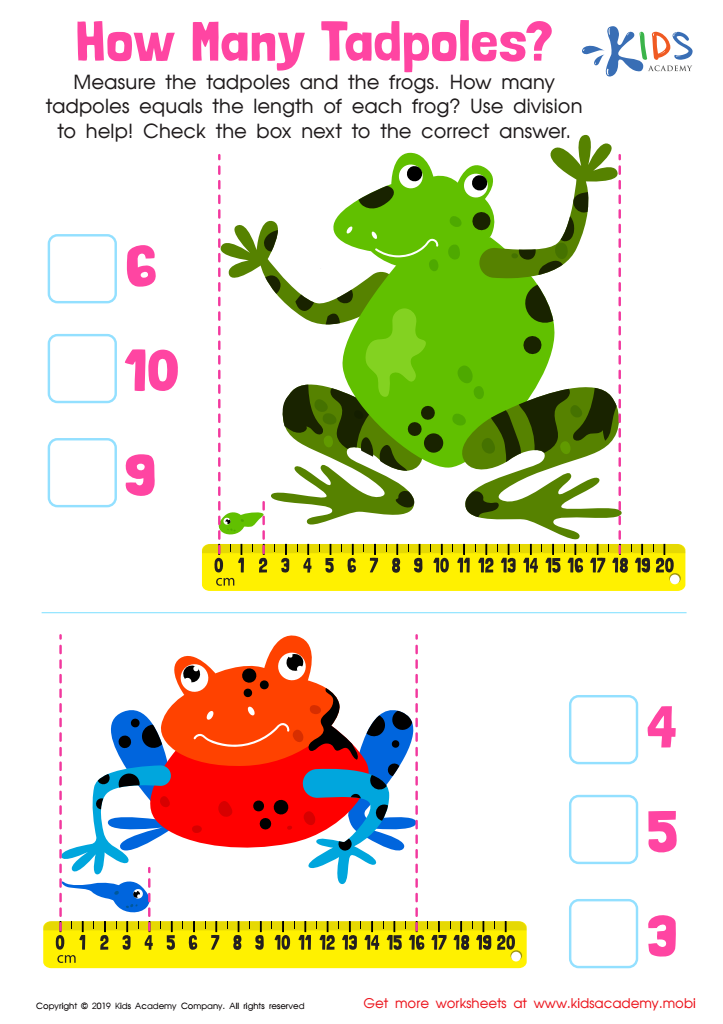

How Many Tadpoles Worksheet


African Wildlife: Giraffe Worksheet
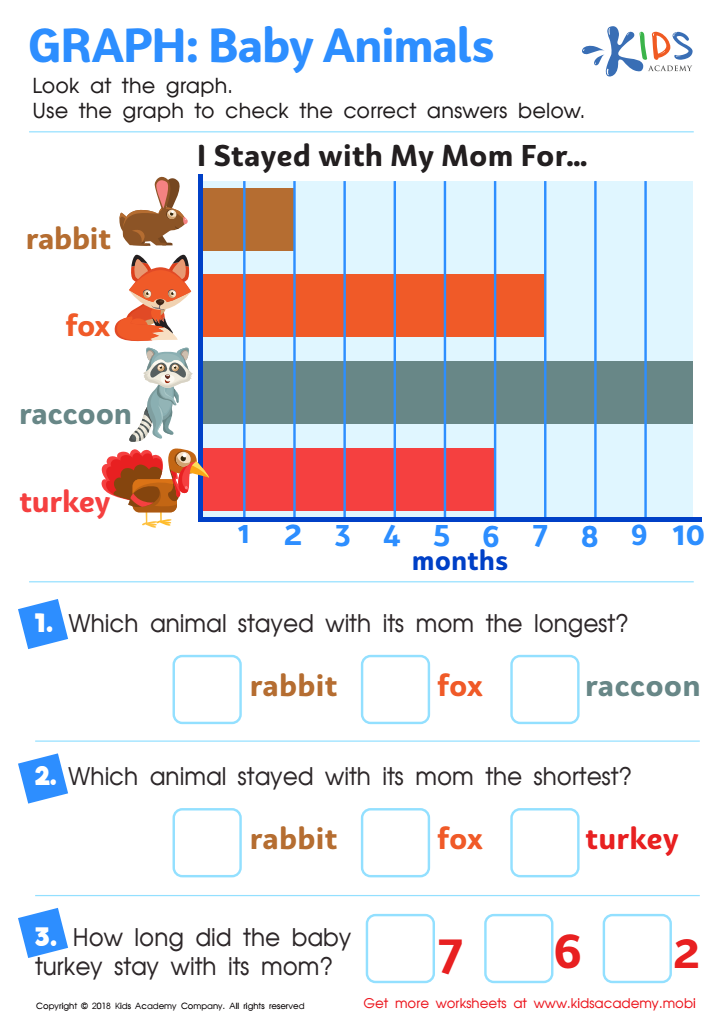

Graph: Baby Animals Worksheet
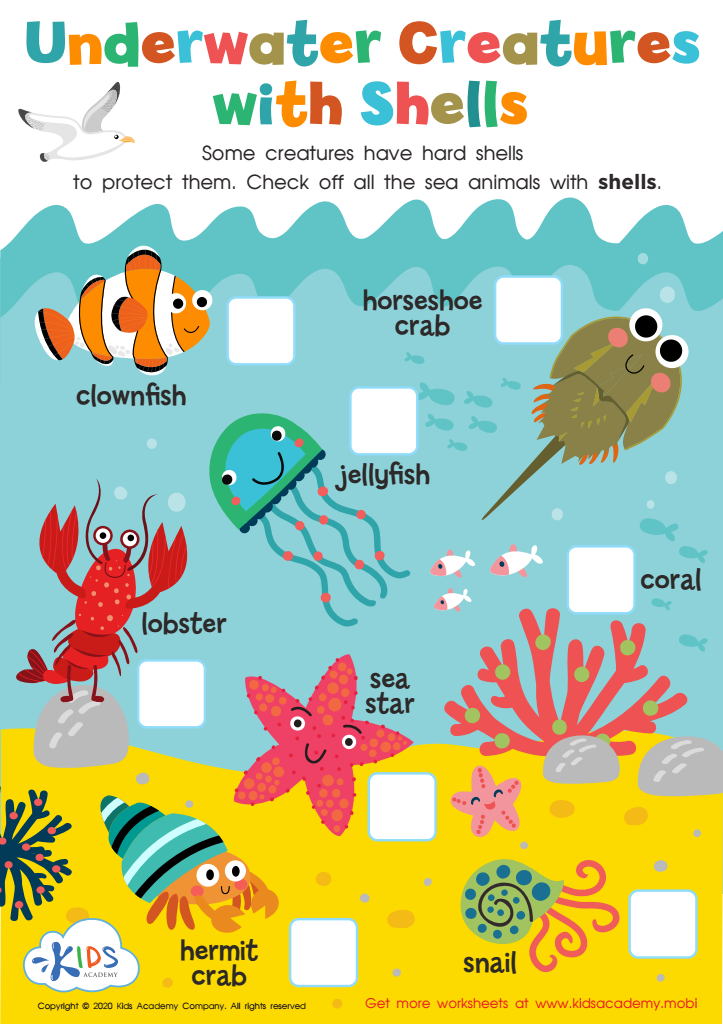

Underwater Creatures with Shells Worksheet
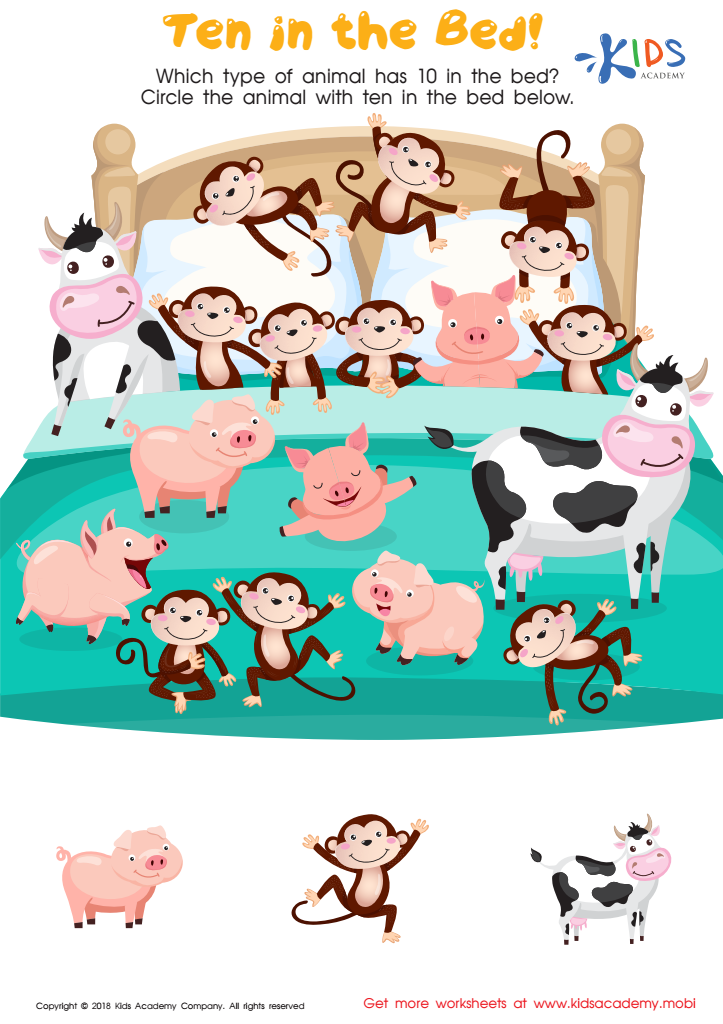

Ten in the Bed Worksheet


Find 5 Worksheet
Teaching counting skills in relation to normal plants and animals is essential for children aged 6-8 because it integrates fundamental mathematical concepts with real-world observations. At this developing age, children are naturally curious about their environment, and incorporating counting with plants and animals fosters that curiosity. This allows children to engage with math in a practical context, making learning more relatable and enjoyable.
Understanding counting not only contributes to foundational math skills but also enhances observational skills. When children count leaves, flowers, or animals, they learn to pay attention to detail and make comparisons, laying the groundwork for more advanced topics like addition and multiplication. Additionally, discussions about counting plants and animals can lead to lessons on biodiversity, ecology, and environmental stewardship, thus promoting a holistic educational experience.
Fostering counting skills can also boost cognitive development, enhance fine motor skills, and encourage teamwork and collaboration when conducted in group activities. Ultimately, integrating counting with everyday nature experiences builds a strong educational foundation, supporting children’s overall growth while nurturing an appreciation for the world around them. Parents and teachers play a crucial role in this process by creating opportunities for meaningful learning experiences.
 Assign to My Students
Assign to My Students


